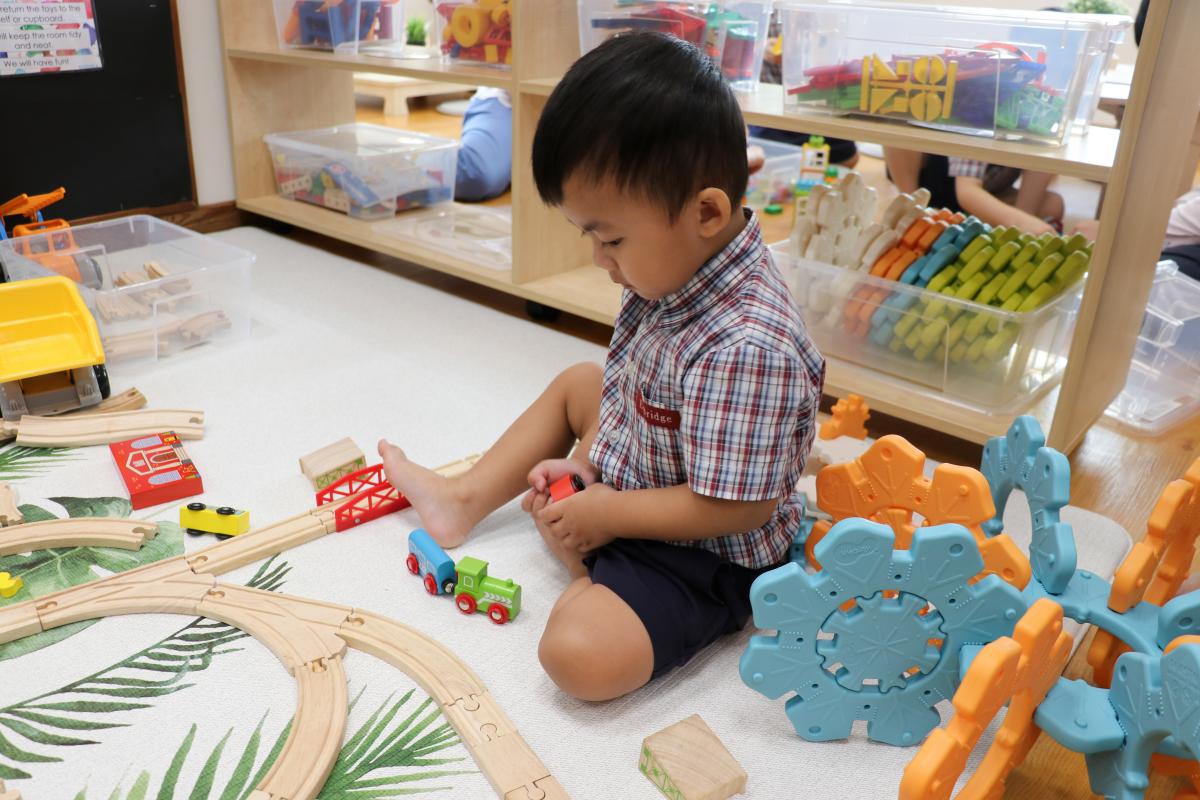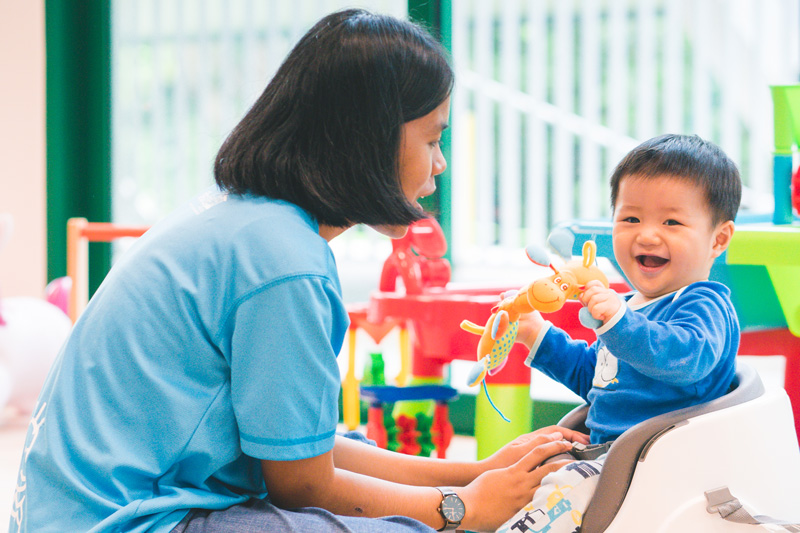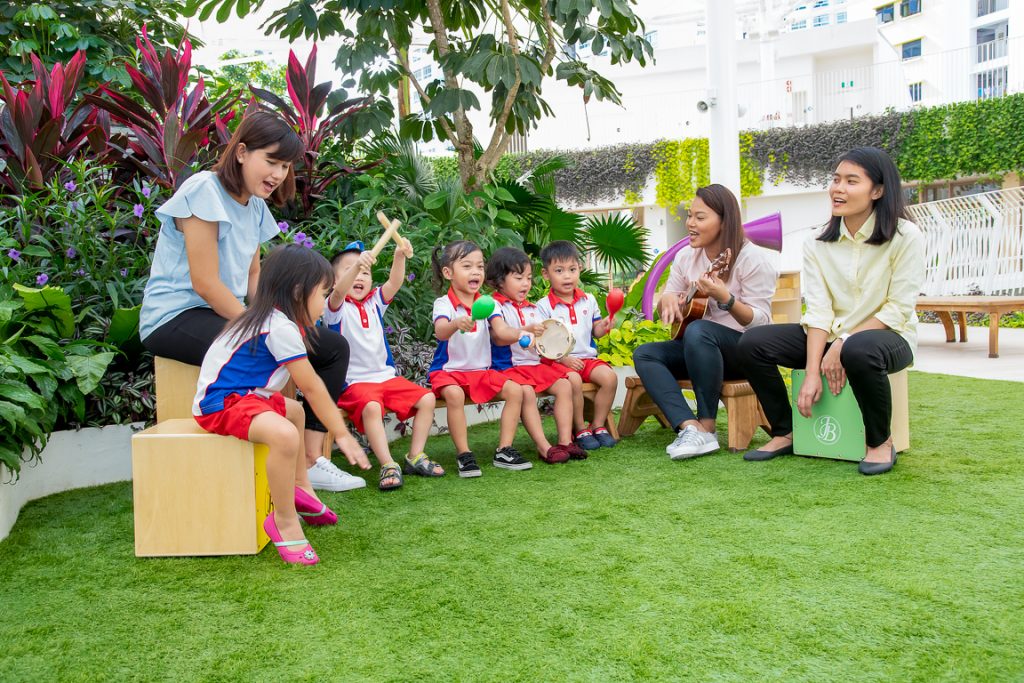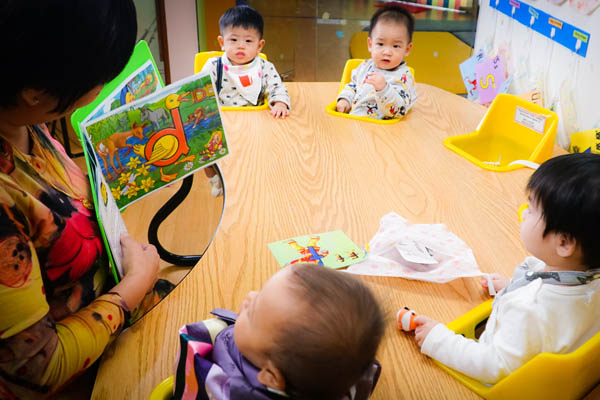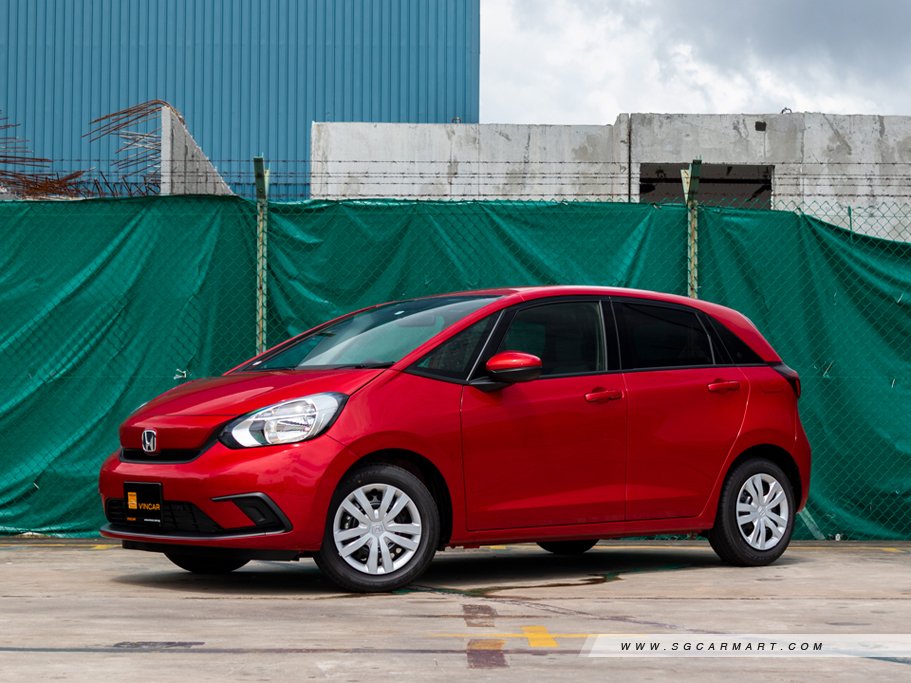DEFINITION
Sleep training refers to the methods that parents or caregivers use to adjust their child’s sleeping behaviors. Sleep training helps your child to fall asleep with little to no help from you. It also teaches the child how to fall back to sleep when he or she wakes up overnight.
Experts recommend to start sleep training when babies are 4 to 6 months old. This crucial period is when babies are able to last for six to eight hours overnight without needing to be fed.
COMMON METHODS USED
Parents use different methods to train their babies to fall asleep. Here are some of the efficient ways that you can apply on your home. Let us start with the Cry It Out Method.
The Cry It Out Method involves putting your child to bed and letting him until he dozes off. It is also called the extinction method as it entails letting your child fall asleep without any comfort or help from you. You need to ensure that your baby was put to bed with a full stomach and in a safe sleeping environment.
It is the most controversial sleep training method as it may seem harsh. If it works for your child and his developmental stage, do it. Consistency is the key. Your baby should begin falling asleep on his own within day four, give or take.
The next method is called the Ferber Method. If you are not a fan of letting your baby weep for hours, you may employ the graduated extinction or check-and-console sleep training or the Ferber Method. It allows your child to cry for a period of time before checking up on him. These timed intervals get longer by a few minutes within each interval until the baby falls asleep.
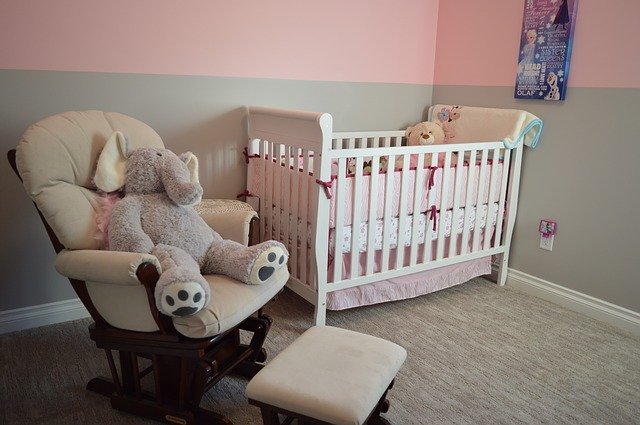
Image Credits: pixabay.com
Reassure your child with statements such as: “Mommy loves you” or “I will pat you”. You will gradually reduce your presence in your baby’s room until there is no need for constant comfort check-ins. Eventually, your child will learn how to self-soothe.
The Chair Method is an interesting method as it works for older babies. Sit in a chair next to your baby’s crib until he falls asleep. Do not pick him up. Move the chair farther away each night until you are near the door. At some point, your baby will be able to fall asleep without you being there. Out of sight, out of mind.
The Bedtime Routine Method involves creating a routine that will ease your child’s mind and prepare his body for quality sleep. Include soothing techniques such as reading books, singing lullabies, and warm baths. Steer away from stimulating items such as electronics and loud toys. Following a consistent routine can help your child develop an internal body clock.
The last method is called the Pick Up & Put Down Method. It refers to putting down your baby to bed drowsy, but awake. When and if he cries, wait for a few minutes and see if he settles down by himself. If not, you may go inside the room to pick your baby up and soothe him. You may put the baby back to the crib or the bassinet when he calms down. Repeat the process until your child falls asleep. This method requires a great deal of patience.
CONCLUSION
Sleep training helps your child to fall asleep with little to no help from you. It is recommended to start it when your child turns 4 months old. There are different methods that you can employ to train your child to fall asleep. It is important to do your research or talk to your doctor during the process of sleep training. This will help you find a method that will best suit your child’s needs.



